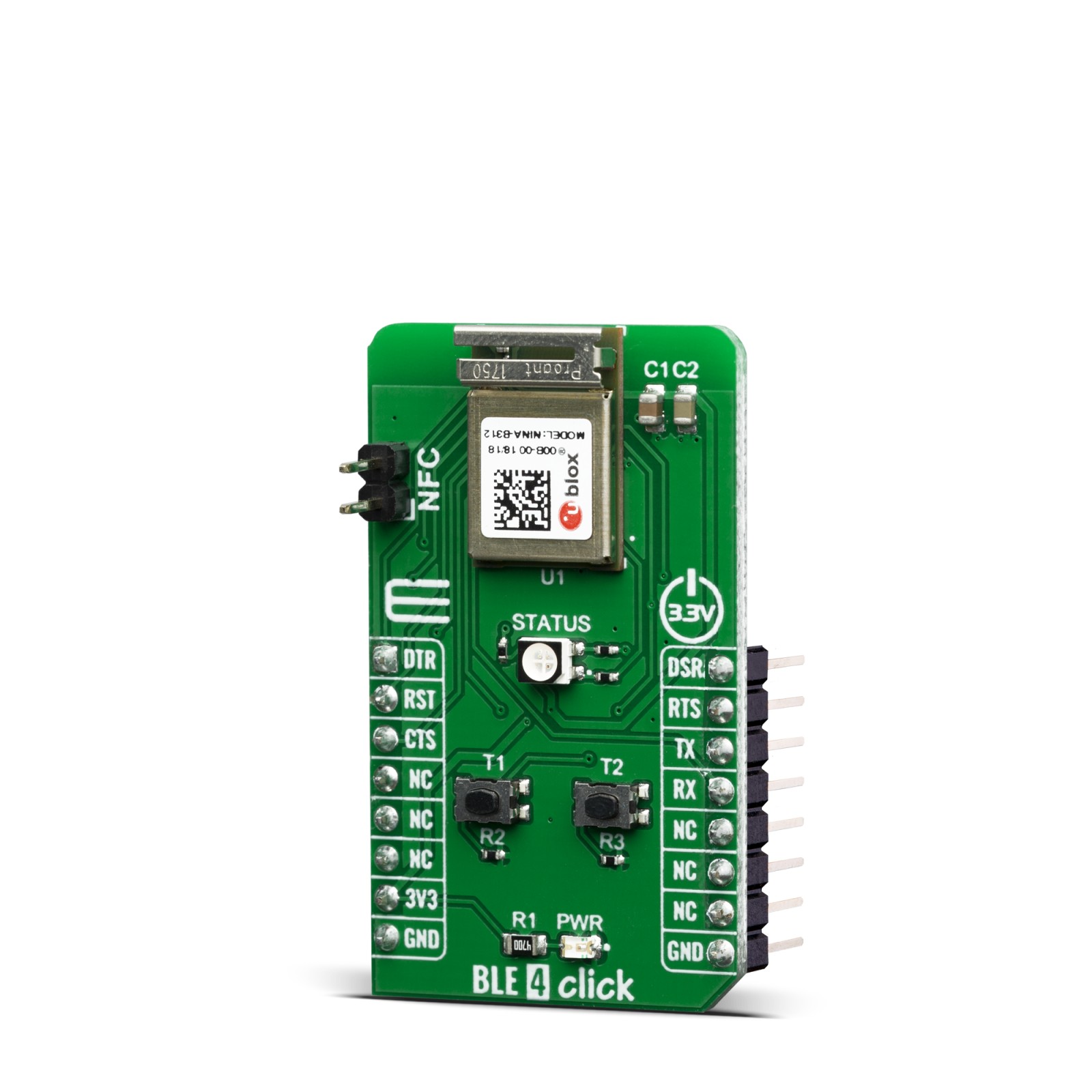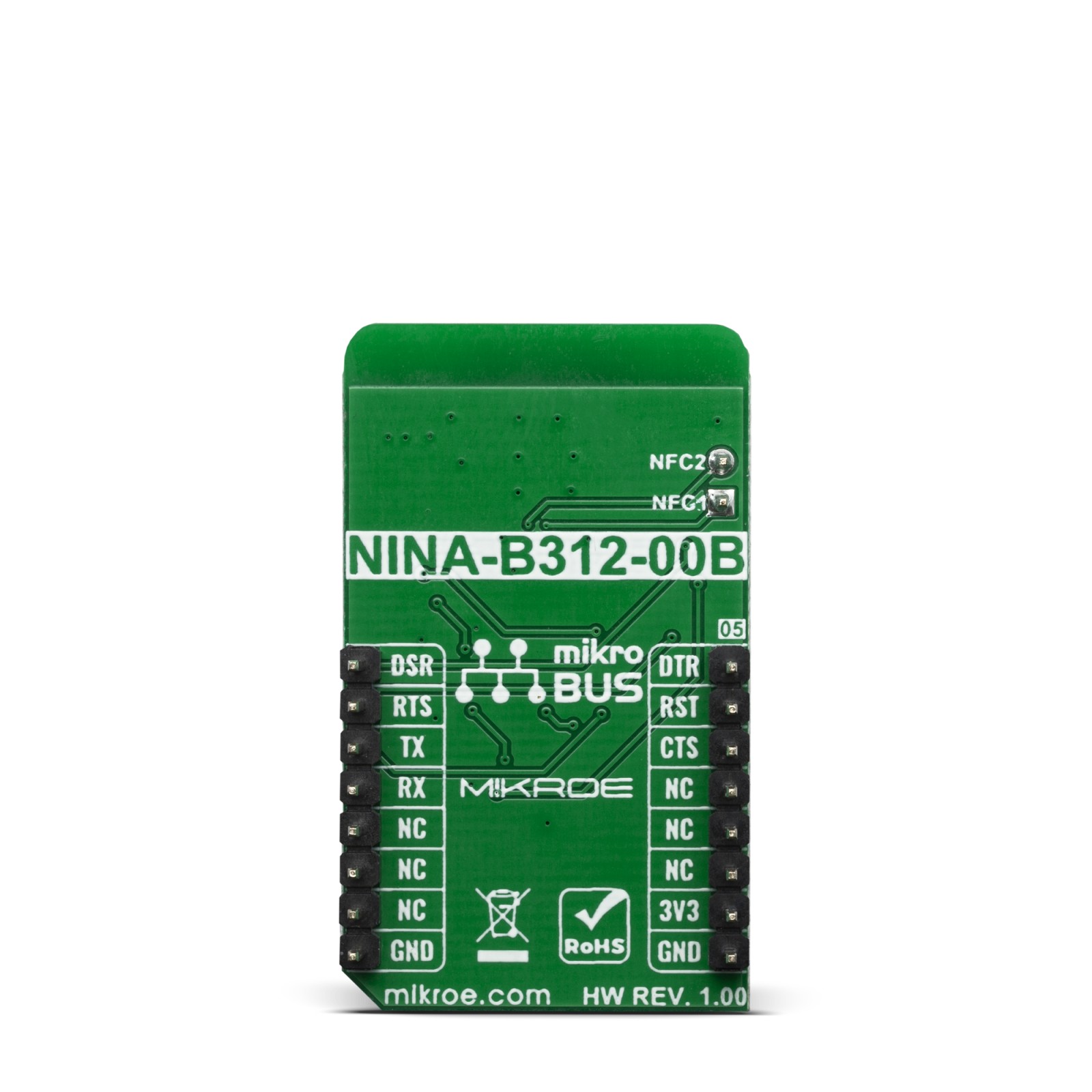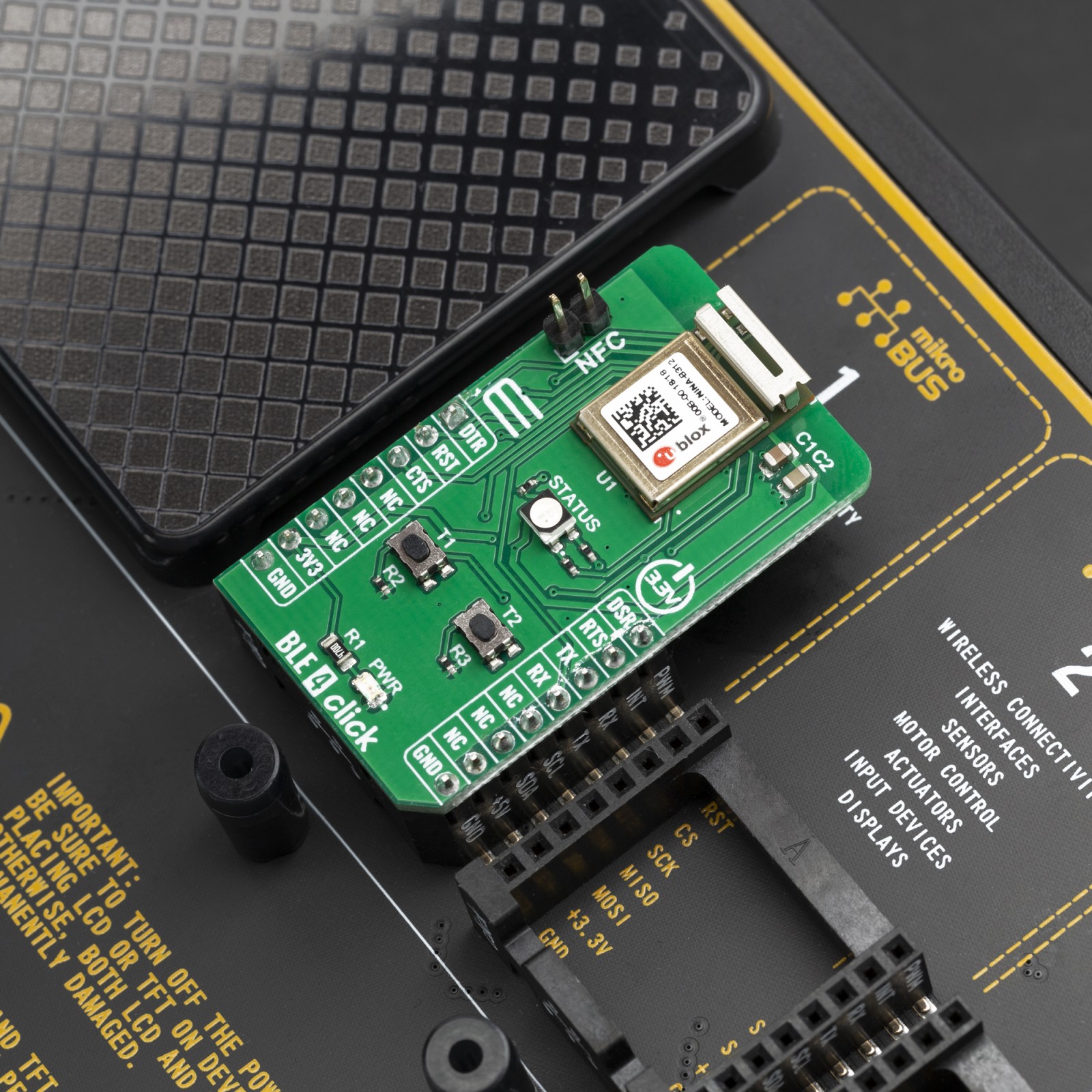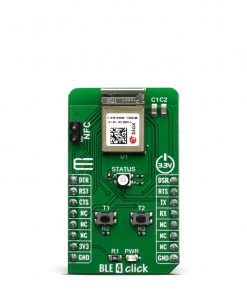-
×
 METHANE Click
4 ×
METHANE Click
4 × R340.00R306.00 -
×
 GSM-GPS Click
1 ×
GSM-GPS Click
1 × R1,350.00R1,215.00 -
×
 ADC Click
1 ×
ADC Click
1 × R545.00R490.50 -
×
 DIGI POT Click
2 ×
DIGI POT Click
2 × R380.00R342.00 -
×
 Accel Click
1 ×
Accel Click
1 × R360.00R324.00 -
×
 HYDROGEN Click
1 ×
HYDROGEN Click
1 × R340.00R306.00 -
×
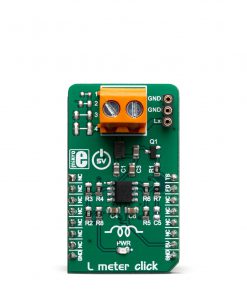 L meter Click
1 ×
L meter Click
1 × R210.00R189.00 -
×
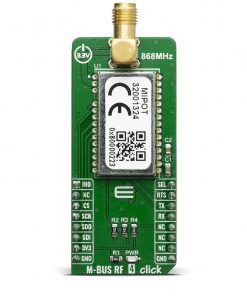 M-BUS RF 4 Click
1 ×
M-BUS RF 4 Click
1 × R1,100.00R990.00 -
×
 MP3 Click
1 ×
MP3 Click
1 × R490.00R441.00 -
×
 GSM/GNSS Click
1 ×
GSM/GNSS Click
1 × R1,700.00R1,530.00 -
×
 Remote Temp Click
1 ×
Remote Temp Click
1 × R340.00R306.00 -
×
 LPG Click
1 ×
LPG Click
1 × R340.00R306.00 -
×
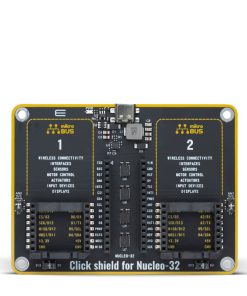 Click Shield for Nucleo-32
1 ×
Click Shield for Nucleo-32
1 × R885.00R796.50 -
×
 RN4678 Click
2 ×
RN4678 Click
2 × R870.00R783.00 -
×
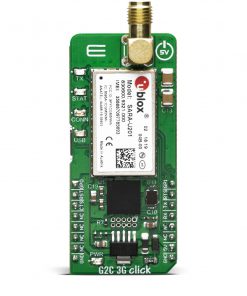 Go to Cloud (G2C) 3G Click
1 ×
Go to Cloud (G2C) 3G Click
1 × R1,700.00R1,530.00 -
×
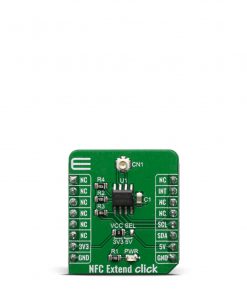 NFC Extend Click
1 ×
NFC Extend Click
1 × R130.00R117.00 -
×
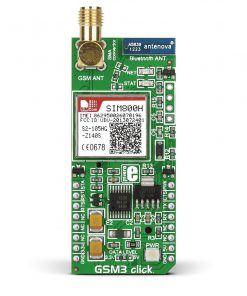 GSM3 Click
1 ×
GSM3 Click
1 × R1,250.00R1,125.00 -
×
 GSM Click
1 ×
GSM Click
1 × R1,100.00R990.00 -
×
 GPS Click
1 ×
GPS Click
1 × R1,100.00R990.00 -
×
 MPU 9DOF Click
1 × R555.00
MPU 9DOF Click
1 × R555.00
Subtotal: R15,675.00


